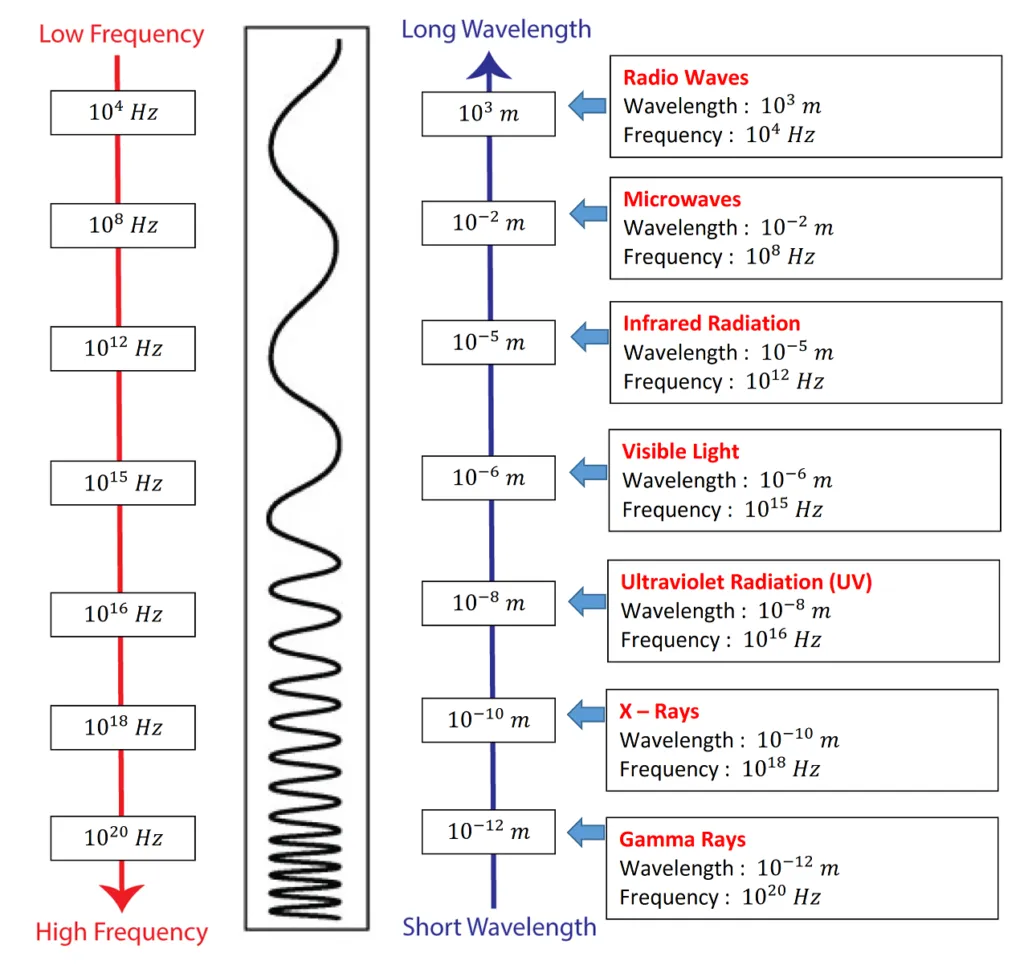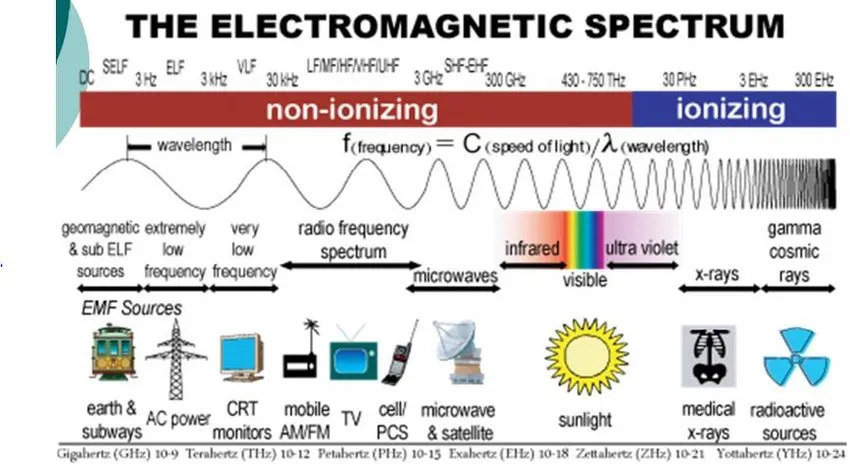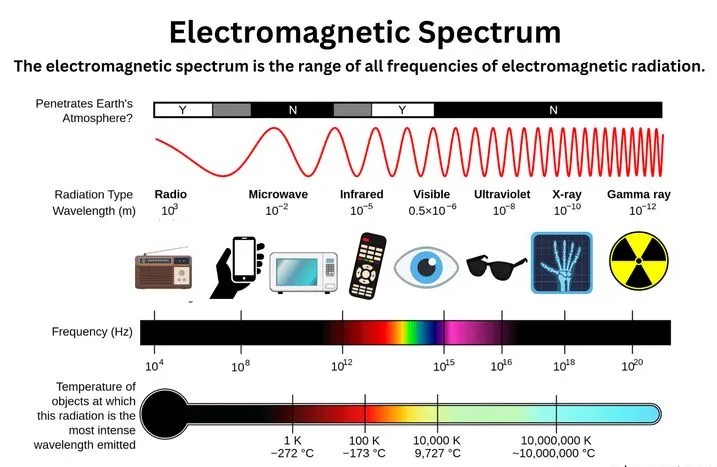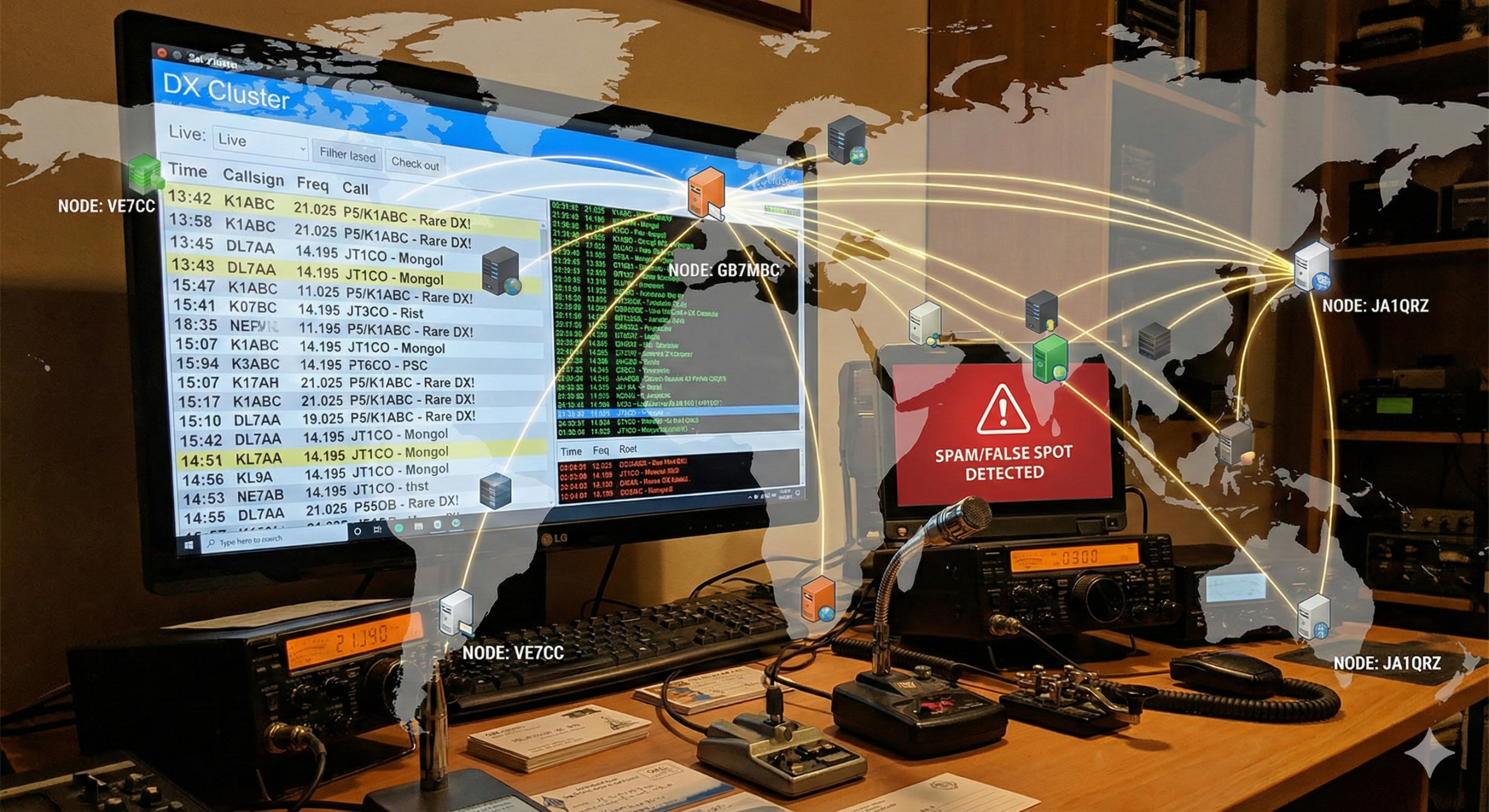amateur radio
communication
electromagnetic
emergency communication
frequency
ham radio
military
radio
signals intelligence
wavelength
communications, directed energy weapons, electro-optics, electromagnetic induction, electromagnetic spectrum, electromagnetic theory, electromagnetism, electronic warfare, EM waves, Faraday, Hertz, infrared, Maxwell equations, military applications, mobile technology, Ørsted, physics, polarization, radar, radar systems, radio waves, satellite communication, scientific discoveries, visible light, wave propagation
9M2PJU
0 Comments
The Electromagnetic Spectrum: Understanding the Fundamentals
Introduction
Electronic warfare (EW) involves the strategic use of the electromagnetic (EM) spectrum to gain a tactical advantage in military and communication applications. EM waves include various forms such as visible light, infrared, radio waves, and radar. This article explores the fundamental properties of EM waves, their historical discovery, and their significance in modern technology.
The Discovery of Electromagnetic Waves
Early Origins
The origins of electromagnetism date back over 2300 years when ancient Greek philosophers observed that a piece of amber, when rubbed, could attract light objects like cloth or hair. The Greek word for amber, elektron, is the root of the term electricity. Additionally, the Greeks discovered a naturally occurring magnetic mineral called magnetite, first found in Magnesia (modern-day Turkey). They noticed that when suspended, magnetite would align itself with the Earth’s magnetic poles—an early observation leading to the development of the magnetic compass. However, the Greeks did not establish a link between electricity and magnetism at the time.

The Birth of Electromagnetism
Scientific advancements in the 19th century provided crucial insights into the relationship between electricity and magnetism. In 1820, Danish physicist Hans Christian Ørsted observed that a compass needle deflected when placed near an electric current, revealing that electric currents generate magnetic fields. This discovery laid the foundation for electromagnetism. A decade later, in 1831, English scientist Michael Faraday demonstrated that a changing magnetic field could induce an electric current in a coil of wire—an effect now known as electromagnetic induction.
Electromagnetic Wave Theory
The theoretical framework for electromagnetic waves was established in 1873 by Scottish physicist James Clerk Maxwell. He formulated a set of equations—now known as Maxwell’s equations—that mathematically described the interplay between electric and magnetic fields. His work demonstrated that light and heat are forms of EM waves, governed by the same principles of reflection, refraction, diffraction, and interference. Maxwell also accurately predicted the speed of light (approximately 299,792,458 meters per second). However, his theory was met with skepticism until 1887, when German physicist Heinrich Hertz successfully generated and detected EM waves, confirming Maxwell’s predictions.

What Are Electromagnetic Waves?
An EM wave is a self-propagating wave that transfers energy through space. It consists of two oscillating fields—one electric and one magnetic—perpendicular to each other and to the direction of wave propagation. Key characteristics of EM waves include:
- Dual-Field Nature: The electric and magnetic fields oscillate in phase, with both components maintaining a sinusoidal pattern.
- Self-Sustaining Propagation: A changing electric field induces a changing magnetic field, and vice versa, allowing the wave to travel indefinitely without requiring a medium.
- Wave Motion: Like ripples in a pond, EM waves spread outward from their source in all directions.
- Vacuum Propagation: Unlike sound waves, which require a medium, EM waves can travel through empty space (vacuum), making them essential for space communications.
- Spherical and Plane Waves: When emitted from a point source, EM waves initially propagate as spherical waves but appear as plane waves at large distances.
Properties of Electromagnetic Waves
In free space, EM waves exhibit the following fundamental properties:
- Perpendicular Fields: EM waves consist of transverse electric (E) and magnetic (H) fields that are perpendicular to each other and the direction of propagation.
- Constant Speed: In a vacuum or Earth’s atmosphere, EM waves travel at approximately 3 × 10⁸ meters per second (or about 162,000 nautical miles per second), also known as the speed of light, denoted as c.
- Interaction with Materials: EM waves can undergo reflection, refraction, diffraction, and interference when encountering different materials.
- Straight-Line Propagation: EM waves generally travel in straight lines, obeying the principles of reflection, refraction, and diffraction.
- Polarization: The orientation of an EM wave is defined by its electric field direction:
- Horizontally polarized: The E-field is parallel to the Earth’s surface.
- Vertically polarized: The E-field is perpendicular to the Earth’s surface.
- Omnidirectional Radiation: EM waves radiate uniformly in all directions, with equal power distribution at a given distance from the source.
Importance of Electromagnetic Waves
A thorough understanding of EM waves is crucial for various fields, including:
- Communications: Radio, television, mobile phones, and satellite transmissions all rely on EM waves.
- Radar Systems: Used in aviation, maritime navigation, and military applications for object detection and ranging.
- Electro-Optics: Includes technologies such as infrared imaging, laser guidance, and night vision.
- Directed Energy Weapons: Emerging military applications utilizing high-powered EM waves for defense and offense.
References
- Maxwell, J. C. (1873). A Treatise on Electricity and Magnetism. Clarendon Press.
- Faraday, M. (1831). Experimental Researches in Electricity. Royal Society.
- Hertz, H. (1887). “On Electromagnetic Waves and Their Properties.” Annalen der Physik.
- Ørsted, H. C. (1820). “Experiments on the Effect of a Current on the Magnetic Needle.” Royal Danish Academy of Sciences and Letters.
- Griffiths, D. J. (1999). Introduction to Electrodynamics. Prentice Hall.
Conclusion
The study of electromagnetic waves is fundamental to modern science and technology, playing a crucial role in communications, radar, and advanced defense systems. The pioneering discoveries of Ørsted, Faraday, Maxwell, and Hertz continue to influence innovations in electronic warfare and beyond. Future discussions will expand on these principles to explore advanced applications of EM waves in military and civilian domains.







Post Comment